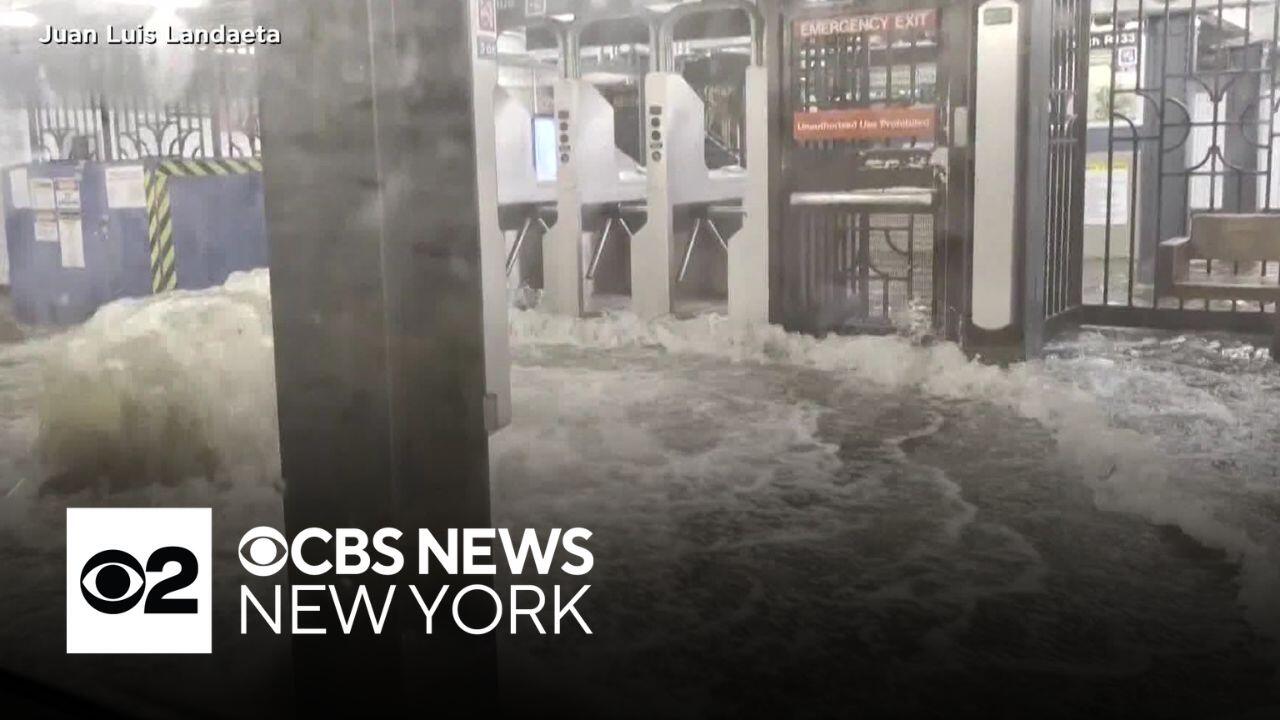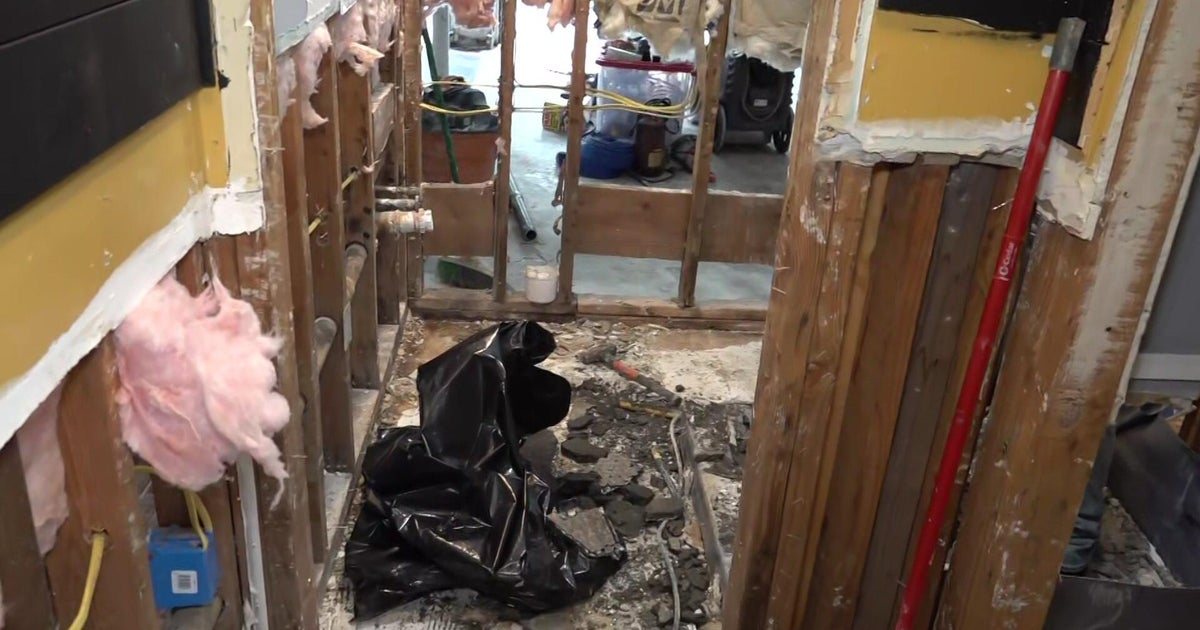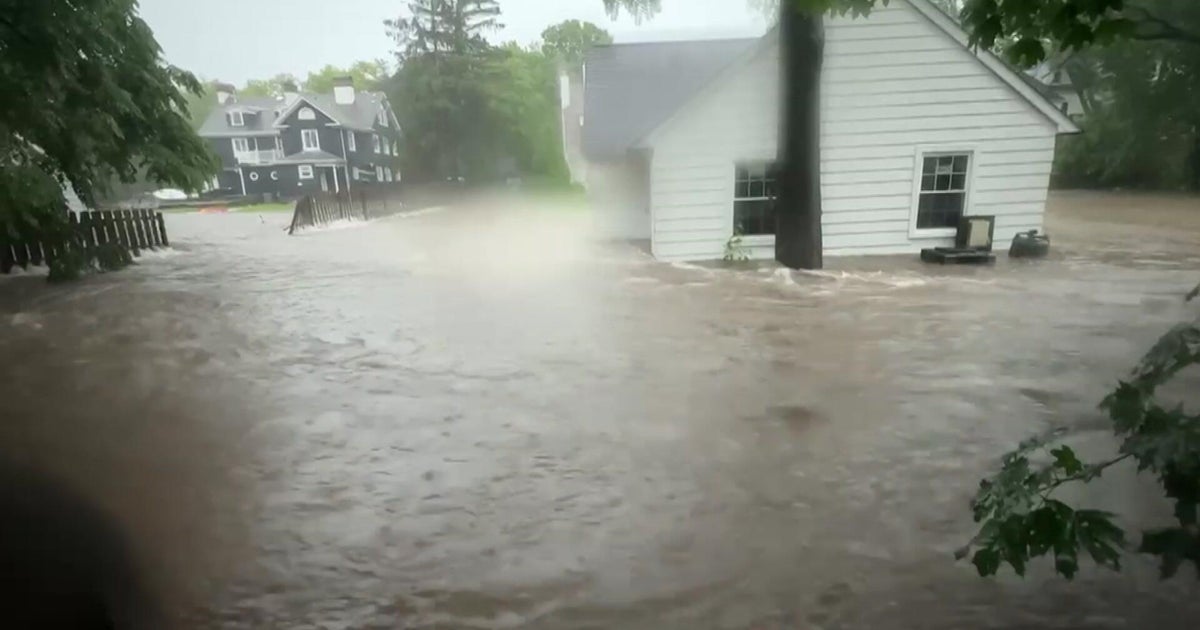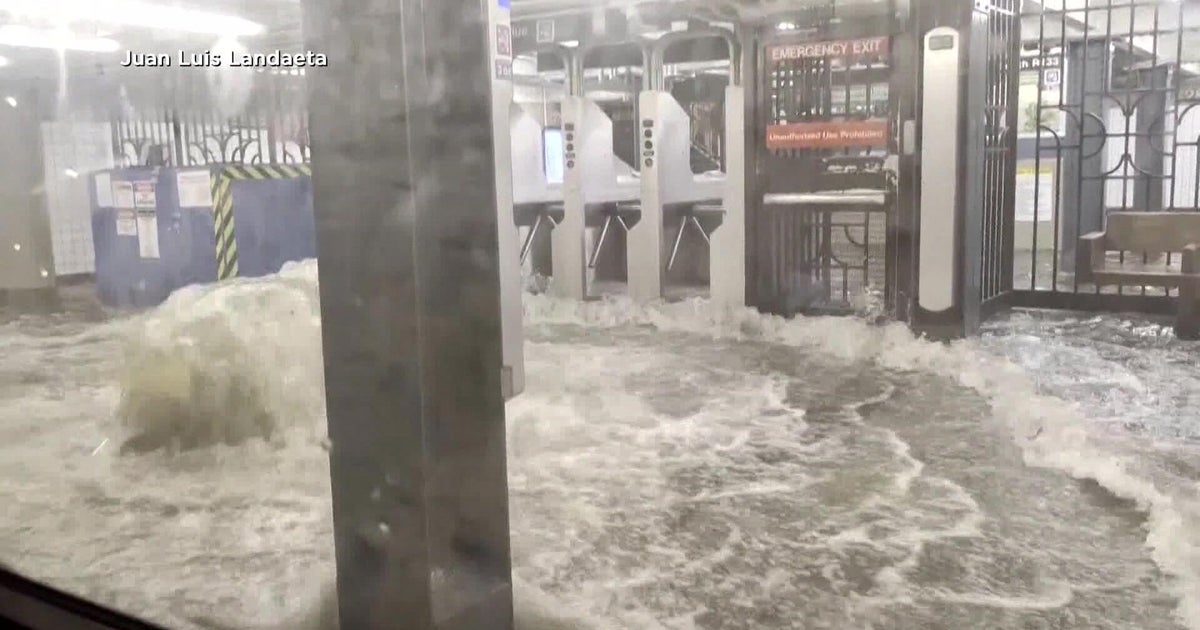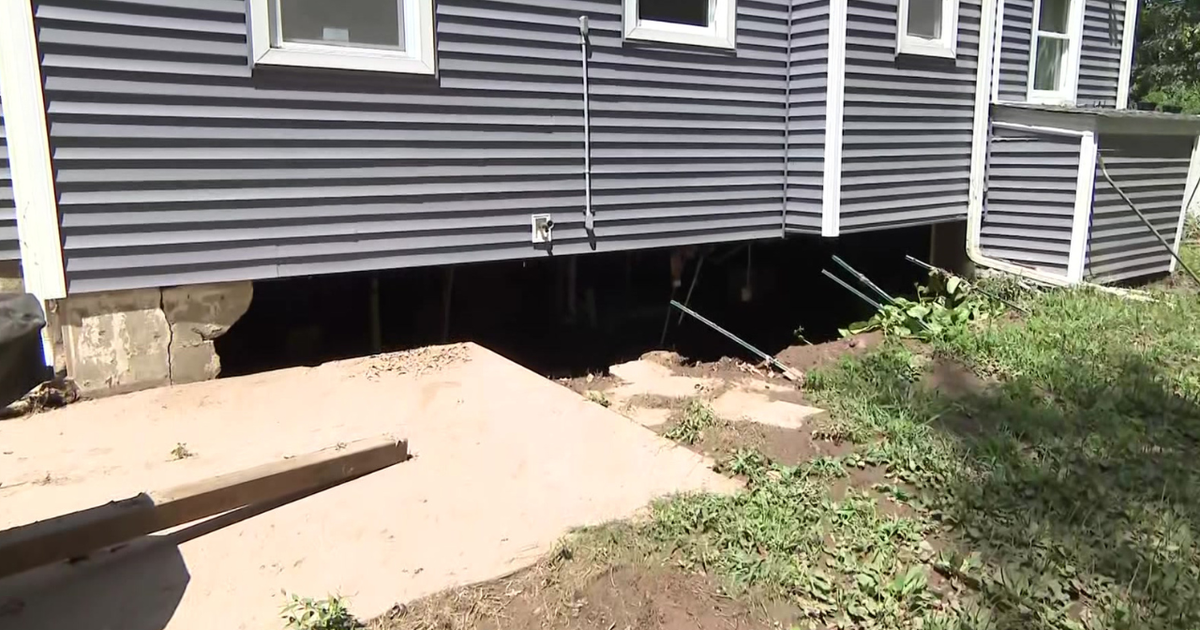New York cleaning up after flash floods make mess of roads, subways and more
New York is cleaning up and trying to dry out after Monday night's torrential rains caused flash flooding and damage.
New York City Mayor Eric Adams gave an update Tuesday morning on cleanup efforts and storm damage in the Big Apple.
"It was a high-impact storm system, brought a long, heavy rain, flash flooding and strong winds to the five boroughs. We saw the heaviest rainfall in Central Park and Harlem, with 2.64 inches. In fact, Central Park had the second-highest one-hour rainfall total ever documented at that location, only being surpassed by what we saw four years ago during Hurricane Ida," Adams said.
Adams said the storm impacted subways, highways and airports, causing significant delays, but the city is rebounding and was open for business Tuesday.
Rain came down faster than the sewer system is built to handle
Adams addressed the flooding in the subway system.
"We saw some major flooding, particularly in the subway system. But thanks to the early communication we shared with New Yorkers and the quick response of our teams last night, everyone's morning commute went smoothly earlier today and we saw no deaths and had no major injuries reported," Adams said.
"With last night, it is now the case that five of the most intense rainstorms in New York City's history have taken place in the last four years," said New York City Department of Environmental Conservation Commissioner Rohit Aggarwala. "The absolute peak of yesterday's storm during 15 minutes recorded a rate of 4.08 inches per hour according to New York state's Mesonet monitoring system. That compares with a peak rate of 6.06 during Hurricane Ida, which is the highest we have ever recorded. So last night was one of the most intense rainstorms the system has dealt with."
New York City sewers are designed to cope with 1-1.75 inches of rain per hour.
"So what happens is the system backs up into the subway," MTA CEO Janno Lieber said.
"Our sewer system is not built to manage this much water at a short period of time. And in order to change and build out our sewer system, what we're going to do is going to take time and money. That's something that we've allocated to doing so. So this is catching up to the change in our climate and these rainfalls that we're seeing. Particularly, not only how they impact the coastal areas, but how they are impacting the inner communities," Adams said.
"The reality is that the subways are underground. They are where water will flow. We do work very closely with the MTA to protect that underground infrastructure, but it is a long-term effort," Aggarwala said.
The subway does have its own bucket brigade and 250 pump rooms, but that was not nearly enough to keep up with Mother Nature's onslaught.
"We pump 10 million gallons of water on a dry day. Yesterday, we pumped like 15, 16 million gallons of water," Lieber said.
Commuter Sharmin Ali was stuck in the subway system for an hour because of the floods.
"I've never seen anything like this in the last few years of being here," she said. "I felt like I was going to drown or something because it was really raining and this place was going to flood."
"It was just, like, almost like a river down on the floor, which was, I've just, I've never seen this before. I've lived here my whole life," commuter Isabella Chesley said.
Chesley said she was not thrilled about having to make her way through the murky waters bubbling up from sewers.
"The water was kind of like a, not like a dark brown, but a lightish brown color, and I was like, this doesn't really look like something I wanna walk through," she said.
Saw Mill River overtakes the parkway as Yonkers tries to dry out
Some spots of the Saw Mill River Parkway were slowly reopening, but side streets in Yonkers were still drenched, with cars surrounded by water.
Crews worked to pump out the water with an eye toward reopening the roadways in time for the evening rush hour.
Rush hour Tuesday morning was a mess for drivers along the Saw Mill River Parkway, which was inundated with more than a foot of water in some spots, turning the parkway into a river.
"Everything is flooded and I've never seen it this flooded in my life and I grew up here," Yonkers resident Tiffany Perez said. "Actually it's kind of concerning."
At the Odell Avenue overpass, drivers could hardly make out the lane markers on the road due to flooding.
In Greenburgh, half a dozen homes saw flooding in the basement as water from the Bronx River filled the streets.
Homeowner Luis Espinal and his family tried to prepare for the flood with sandbags and a fence, but it didn't work. Espinal spent two hours on the phone waiting to talk to an insurance agent, but he said things could be worse.
"I see on the news Texas and everything, they got hit really hard, so this is nothing compared what they had over there," he said.
Other homeowners declined to go on camera, exhausted and worried after the third round of flooding in six years.
More flooding in Elmsford
Floodwater drenched the industrial section of Elmsford. It's an issue businesses there like Brookfield Resource Management deal with regularly.
"It came faster than most, but all in all it's about a six out of ten," Ed Malone of Brookfield Resource Management said. "We went from 'Eh, it looks OK' to 'Oh, we're in trouble.' It happened quick."
Malone said the water came up to about 18 inches in his building. They have shelves in place to get supplies off the floor, and diamond-plate aluminum sheets on lobby walls to make cleanup easier.
"We're second generation, so, used to happen when our dads were here, so we're just kind of always on the lookout and if there's even a slight chance we just start going to high ground," Malone said.
The Bronx River Parkway in Elmsford was also hit hard. Crews were trying to clean up the mess.
"We've had our crews out there since 5 o'clock in the morning trying to clean out storm drains. The challenge right now is because of the heavy rains and how quickly it came down, it was significant debris that has gotten put into different places, so we're really trying to work as hard as we can," Westchester County Executive Ken Jenkins said.
The Bronx River Parkway is one of four in Westchester built alongside rivers decades ago in the flood plain.
Over the years, the state and the county have spent some money trying to mitigate flood issues. But preventing flooding would be enormously difficult and incredibly expensive, so the parkways, built to handle a fraction of the traffic they do now, will continue to flood a handful of times each year.
In Rockland County, flooding snarled Route 59 near the Palisades Mall. A tree smashed into a home in Branchville.
While work continues to recover roads in the area, residents told CBS News New York they were having flashbacks to Superstorm Sandy and what it left behind.
"I think Sandy and a couple of hurricanes where the Saw Mill River Parkway was covered in water so it's about the same," one man said. "Going north it's like a lake. Up further it's still deep."



